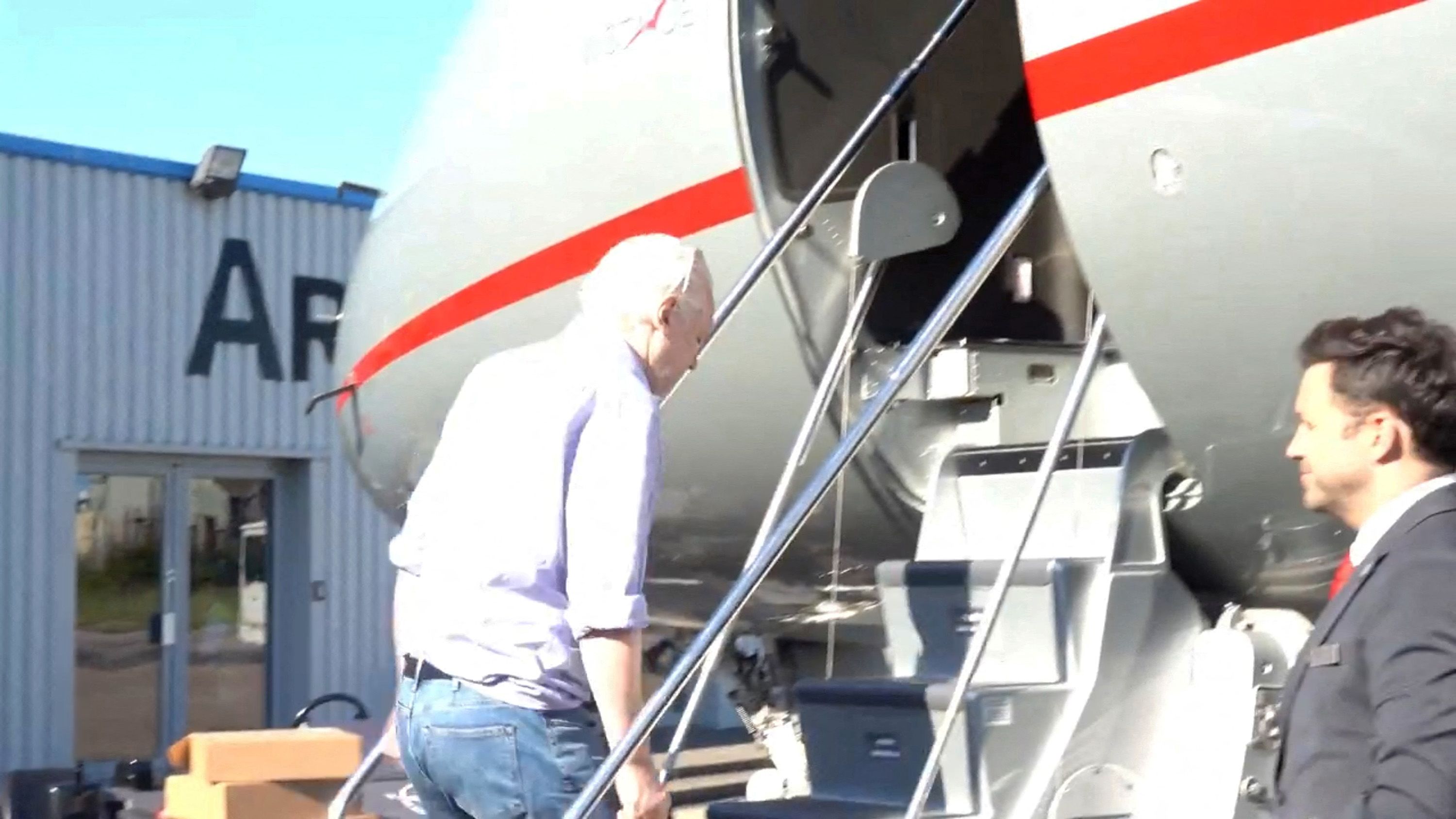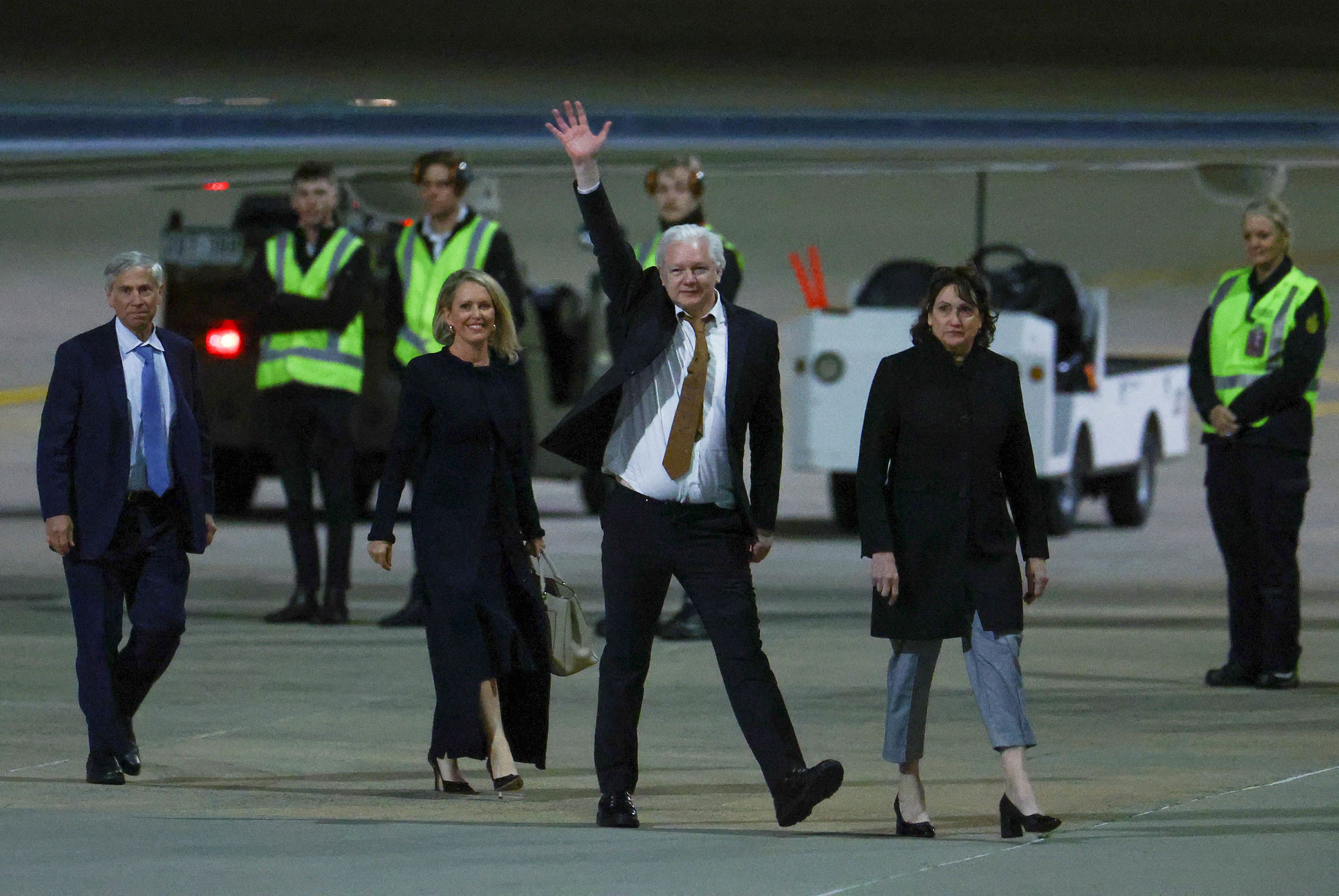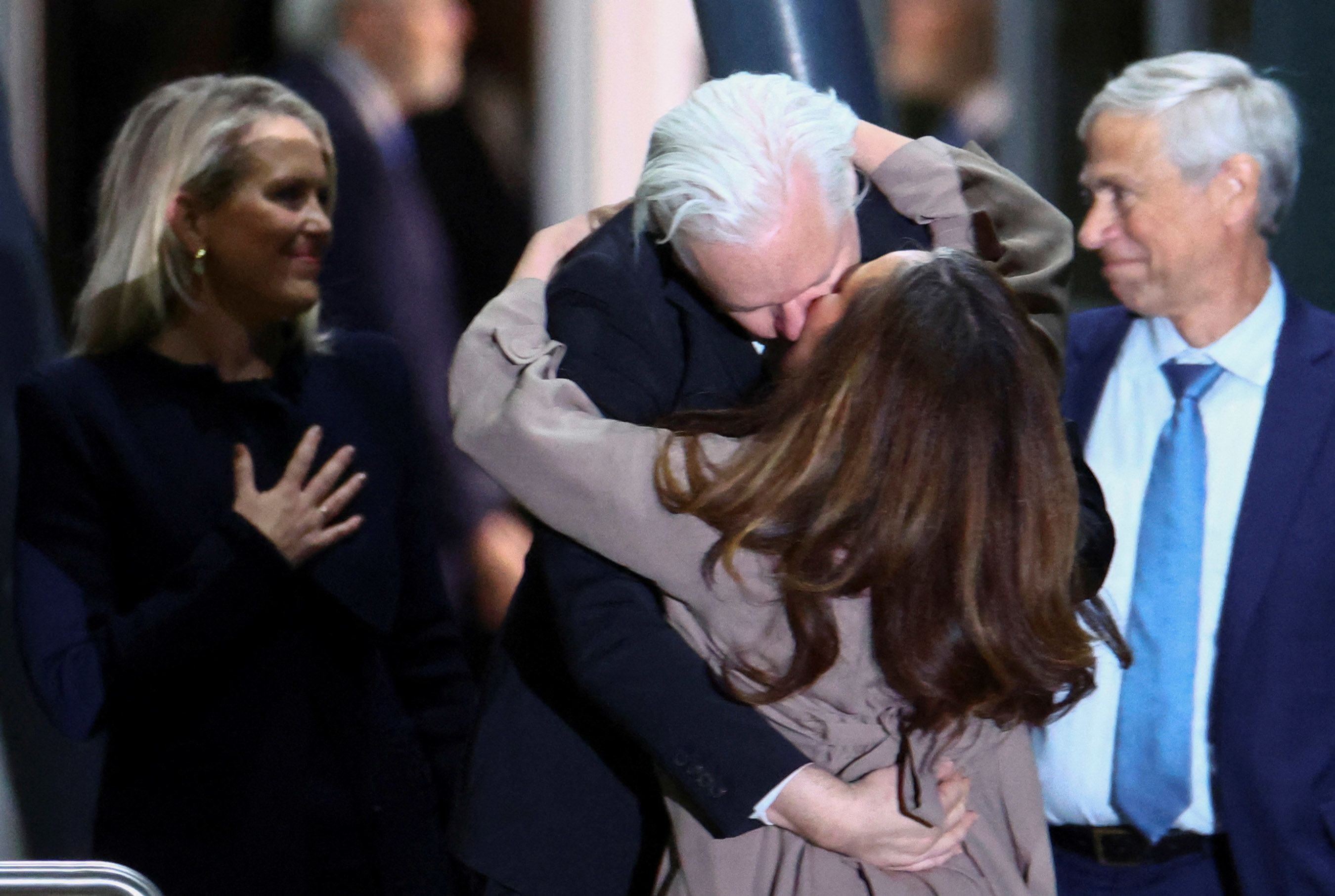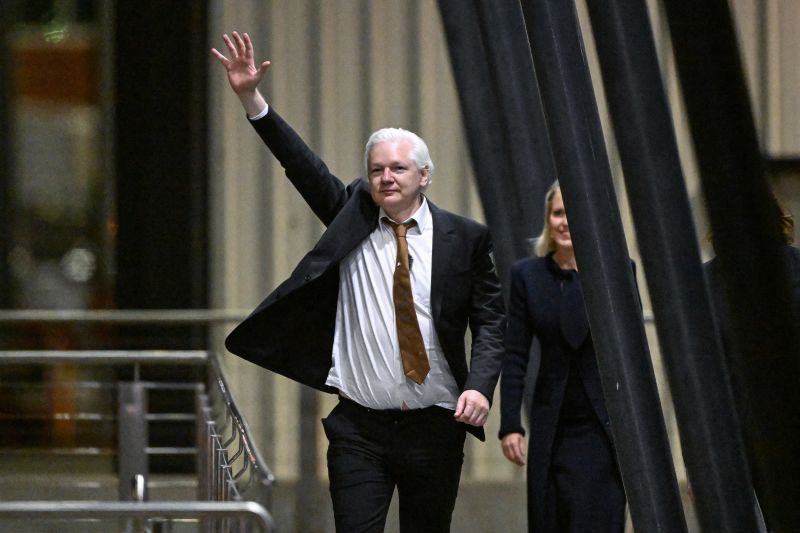Julian Assange’s Return to Australia
Julian Assange, founder of the website WikiLeaks, has been a pivotal figure in the release of classified government documents, cables, and videos.
Assange was released from a British prison on June 24 and returned to his home country, Australia, after a 12-year battle against extradition to the United States culminated in a plea deal.
The Australian national faced numerous charges in the US, totaling 18, after WikiLeaks published thousands of classified files and diplomatic cables in 2010.
Assange spent nearly seven years confined within the Ecuadorian Embassy in London, enjoying the protections afforded by asylum status. However, in 2019, Ecuador revoked his asylum, leading to his arrest by London’s Metropolitan Police due to bail violations and an extradition warrant issued by the US Justice Department.

Additionally, Assange attended a seminar at the Swedish Trade Union Confederation in Stockholm on August 14, 2010. Six days later, Swedish prosecutors issued a warrant for his arrest based on allegations from two women regarding sexual assault. Assange has continuously denied any wrongdoing in relation to these allegations, and ultimately, Swedish prosecutors dropped their investigations years later.

In October 2011, one month after WikiLeaks released over 250,000 US diplomatic cables, Assange addressed demonstrators from the steps of St. Paul’s Cathedral in London, showcasing his commitment to transparency and free speech.

Moreover, throughout his legal battles, Assange has been significant in discussions surrounding press freedom and government transparency, emphasizing the implications of his work at public addresses and seminars.

In conclusion, Julian Assange’s journey back to Australia marks a significant chapter in his narrative as a whistleblower and activist. His case raises essential questions regarding government secrecy, individual rights, and the role of media in society.








